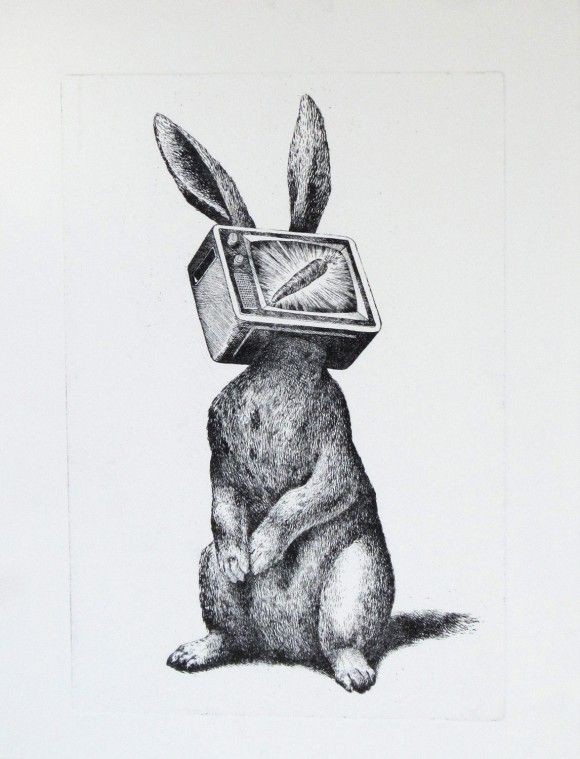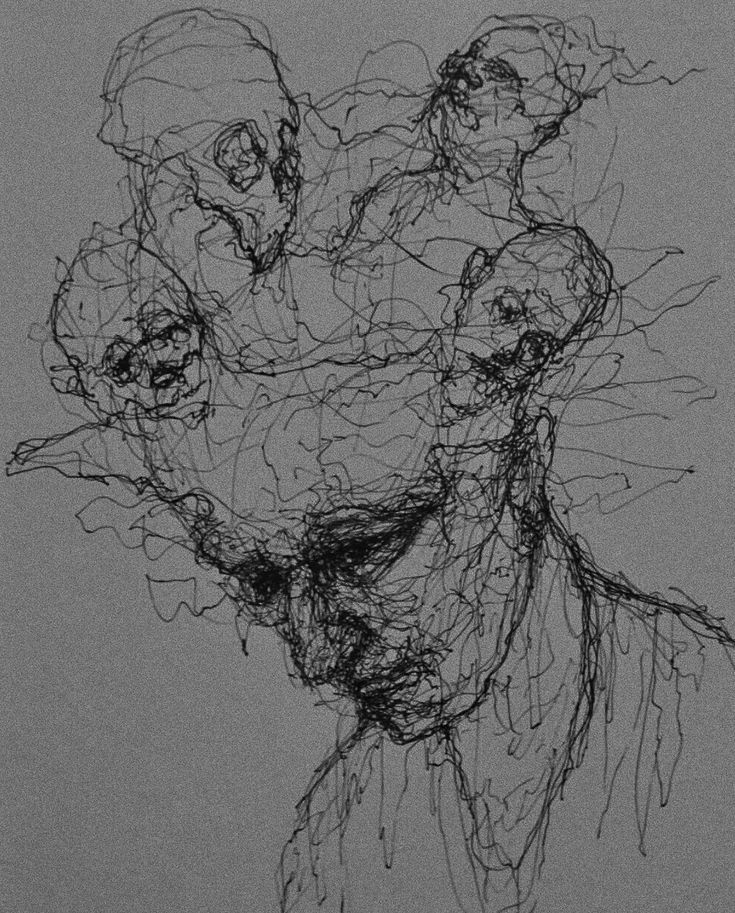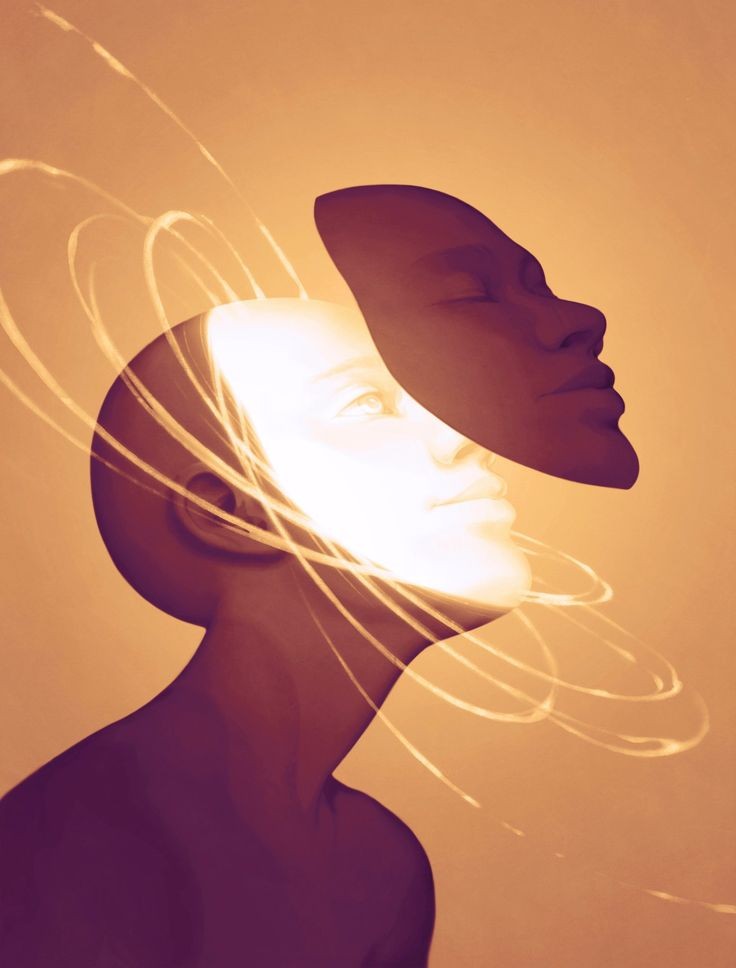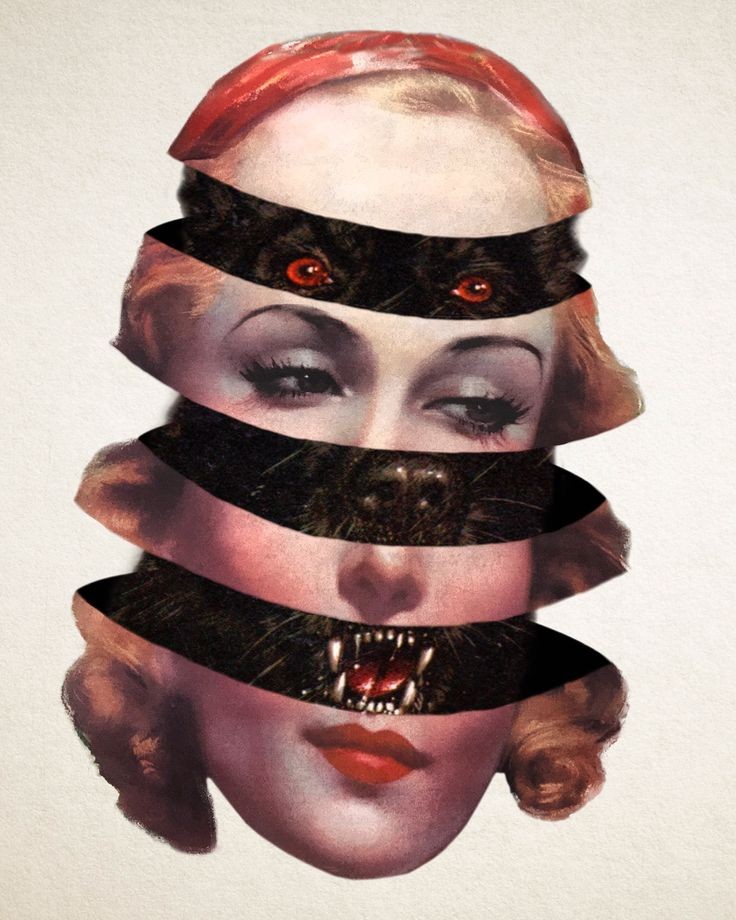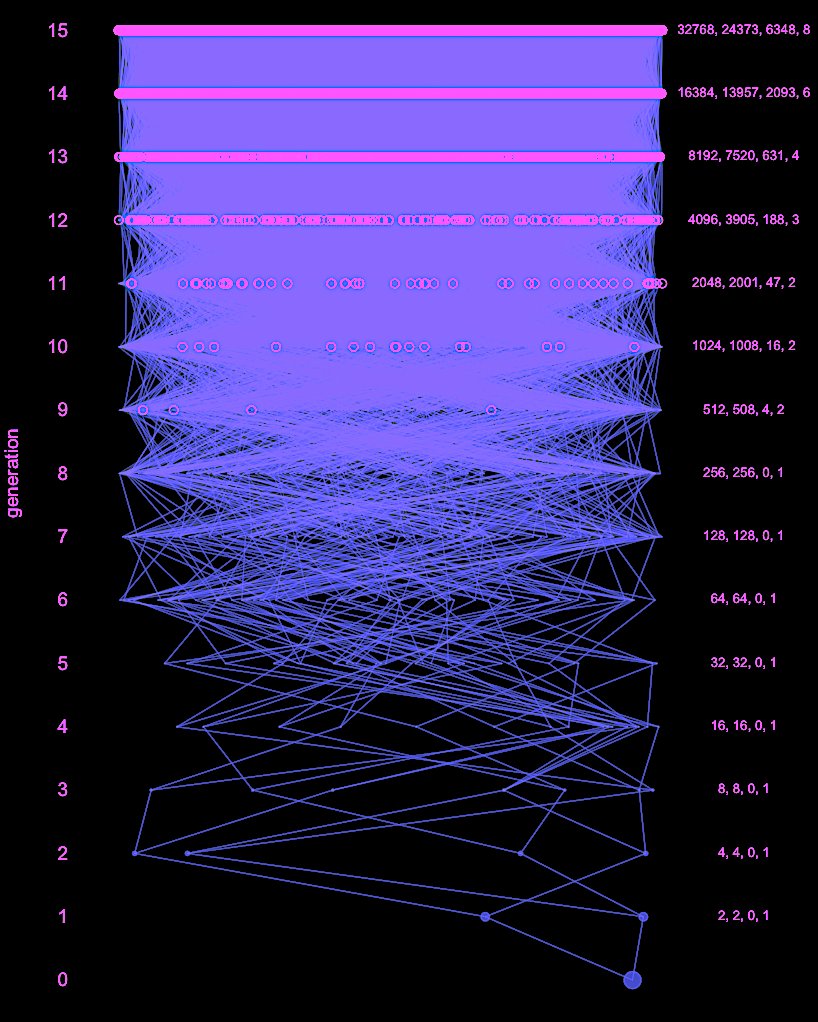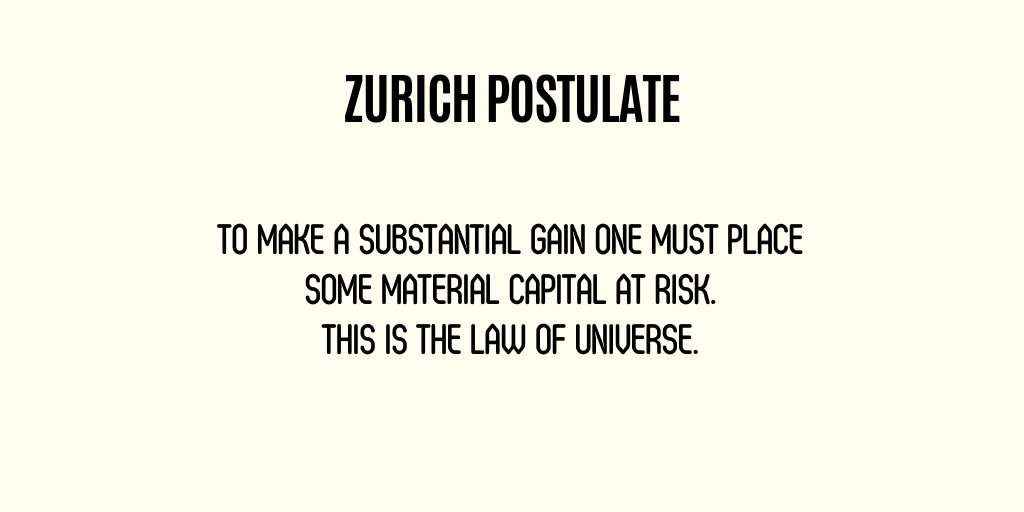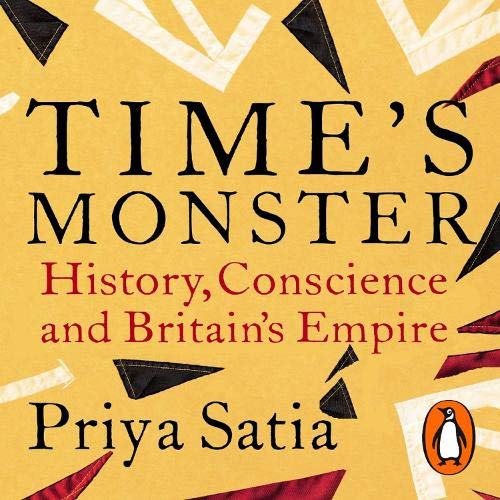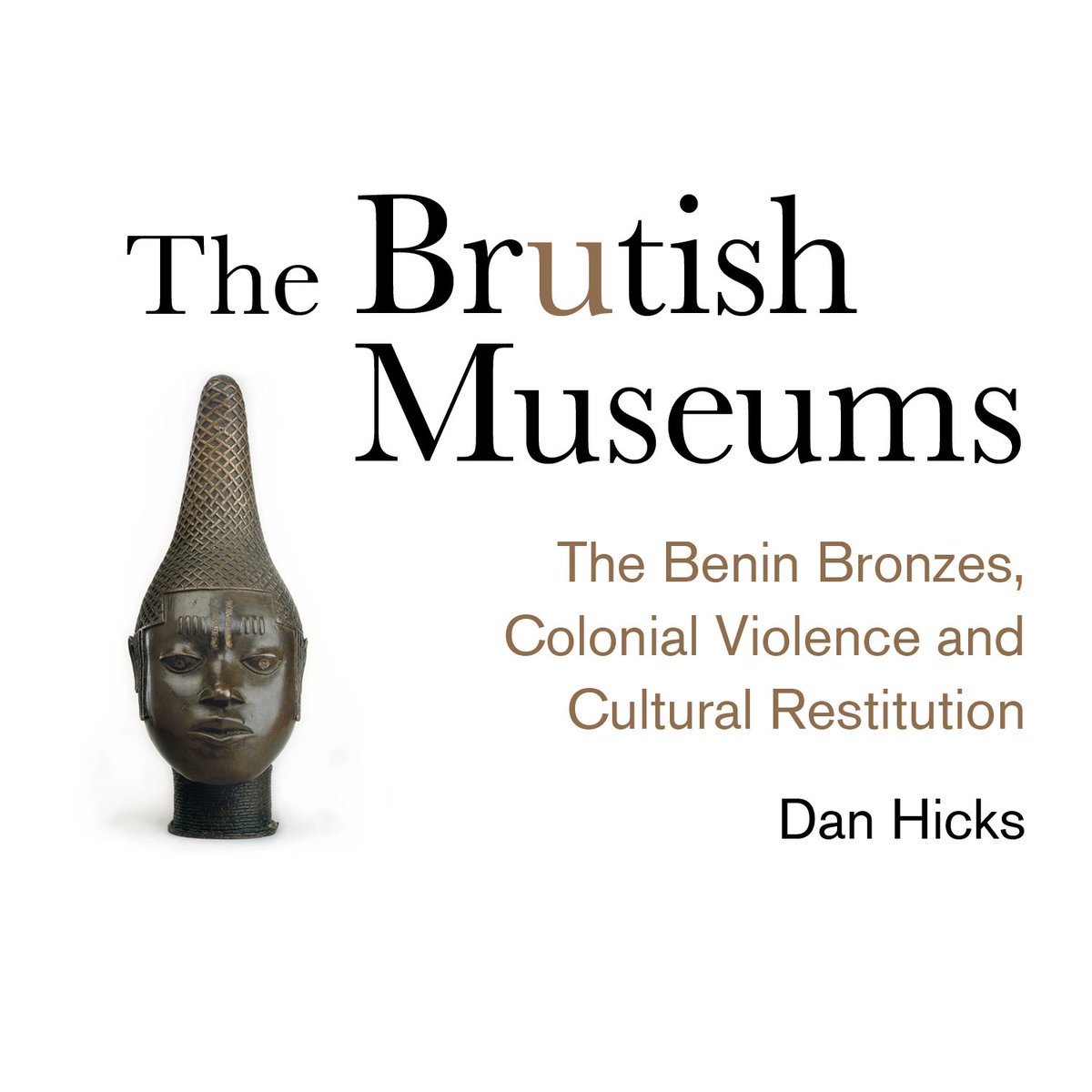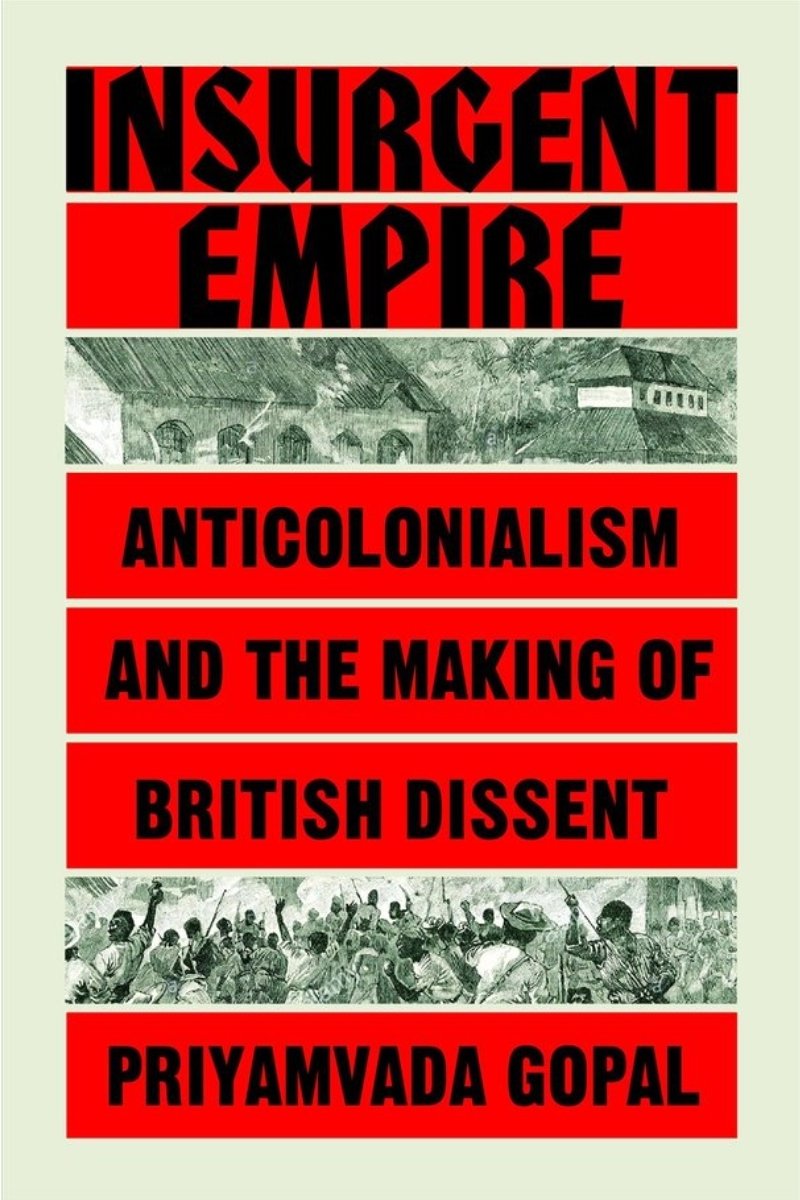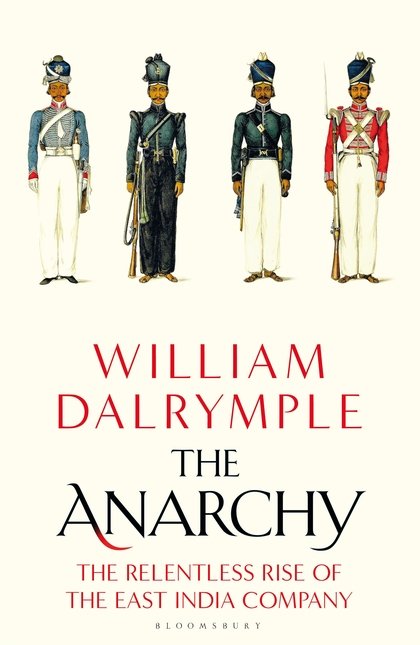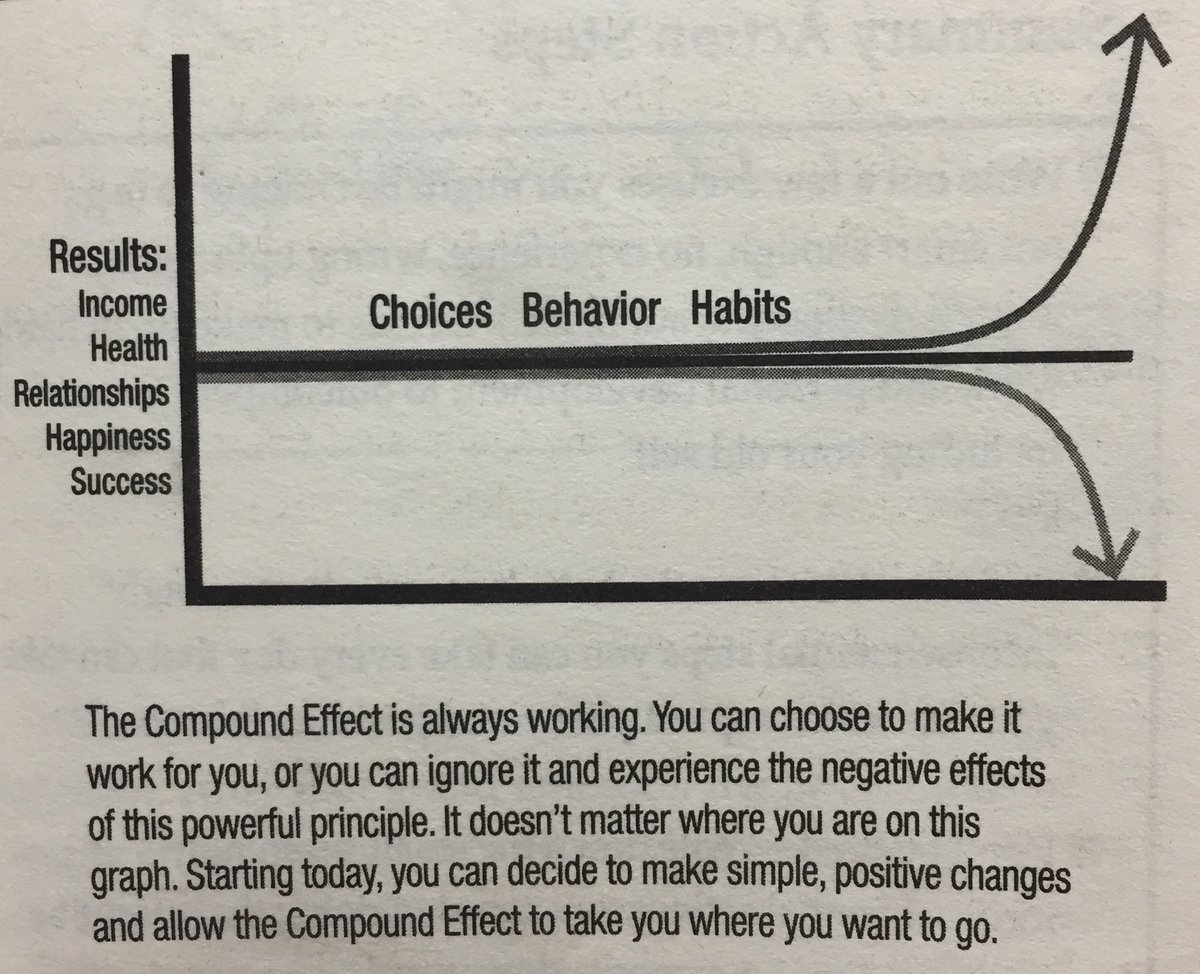Alex1Powell Categories Book
Would Akhilesh Mishra, Abhinav Prakash and many others have got a chance to write in an English daily before?
The VC of JNU, IIAS, Nehru center, RRML are all
Every time I read @NAN_DINI_ ji's writings, I'm reminded that while juvenile writers like Twinkle Khanna and Saggy Ghose are published by MSM, talent like this is restricted to personal blogs. Will this ever be remedied? https://t.co/1oAO7I4i6G
— \u0926\u093f\u0935\u094d\u092f\u093e (@divya_16_) December 9, 2020
Right wingers.
This, while some in our own fold were criticizing and backstabbing an excellent book (disagreeable in places) by Harsh Madhusudhan and Rajeev Mantri.
There have been at least 4 lit fests and think tanks developed by right wing in six years. Pondy and +
Mangalore are the prime of them.
There are more media channels and more anchors in neutral channels backing the government then those against in six years.
We have at least three big lawyers: Harish Salve, Mahesh Jethmalani and Mukul Rahotgi fighting cases. We have won
more legal battles than not and are able to get many things done that would look impossible just two years ago.
Yes, textbooks, deregulation, harrasment and cabalism of the left including tech suppression and killing spree of fascistic governments remain and everything is not
a bed of roses. But what was a bed of roses for the opposition is not a bed of roses for them too.
Udhav would have loved to see Republic closed. It hasn't.. Mamata would love to have killed the whose who in BJP - Not possible.. She would not like big wigs of TMC join BJP - Not
To begin, both of my parents are MBA's and are assertive. They taught us four kids to be assertive. 1/x
Many underestimate the generosity of (most) publishers. I probably got $10,000 worth of free books during my 4 years in Durham by request exam or review copies. Sometimes, I just emailed a publisher and said, "I need this book, but I can't afford it. Can you help me out?"
— Stephen D. Campbell, Dr. theol. (@the_OT_Campbell) December 13, 2020
Honestly, what's the worst a publisher can do, say no? If the worst that can happen is a rejection email (and believe me I've gotten ALOT), then it's pretty "safe" to at least ask.
But there were tricks that I learned about getting books from publishers. 2/x
The 1st was to request exam copies. I was a very part-time adjunct faculty for an online-only seminary in the UK. I designed two classes for them and requested books to consider as assigned reading for the classes. I still do this, since I'm full-time teaching/administrating. 3/x
The second was to become an approved/recognized reviewer for journals--it doesn't matter which ones. Thanks to a previous professor I'm a reviewer at the website for a research center. And through nothing but email, I'm a frequent reviewer for 3 journals (JESOT, JHS, RRT). 4/x
This is a helpful approach. When you know exactly where the review is going to be submitted and you know that the journal's review editor wants the review, then (in most cases) the review editor's job is to contact the publisher and make sure you get the book. That's it. 5/x
Michael Tesler in @FiveThirtyEight bringing some data to bear on my tweets about @ReverendWarnock\u2019s dog ad. A piece worth reading, and a reminder: It\u2019s never \u201cjust a dog,\u201d y\u2019all.https://t.co/ijQvTDOdvj pic.twitter.com/sp05Bhueob
— Hakeem Jefferson (@hakeemjefferson) December 15, 2020
In the 1930s, Pitbulls — which, as Bronwen pointed out to me over and over, don’t constitute a dog breed but a shape — used to be seen as the trusty sidekick of the proletariat, the Honda Civic of canines. (Think of “the Little Rascals” dog.)
.
That began changing in the postwar years and the rise of the suburbs. A pedigreed dog became a status symbol for the burgeoning white middle class. And pitbulls got left behind in the cities.
Aside: USians have flitted between different “dangerous” breeds and media-fueled panics around specific dogs. (anti-German xenophobia in the late 1800s fueled extermination programs of the spitz, a little German dog that newspapers said was vicious and spread disease.)
Some previously “dangerous” dogs get rebranded over the years — German shepherds, Dobermans, Rottweilers. But the thing their respective periods of contempt and concern had to do is that they were associated with some contemporarily undesirable group.











